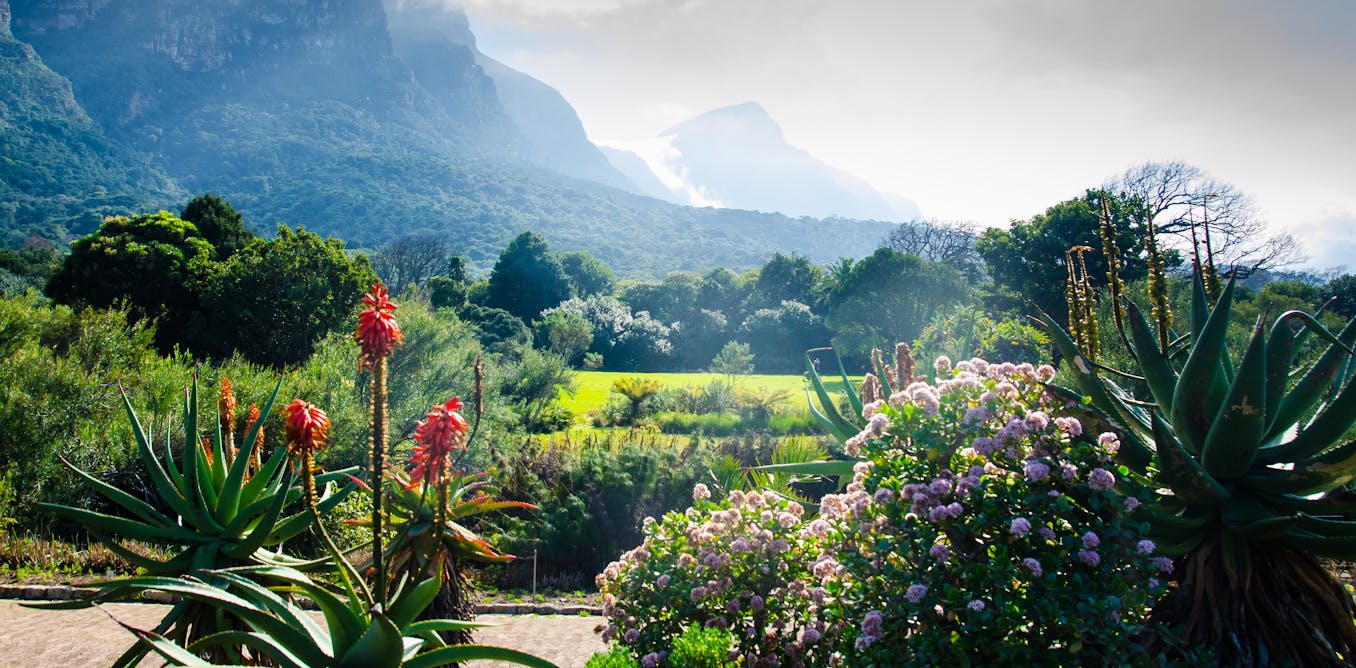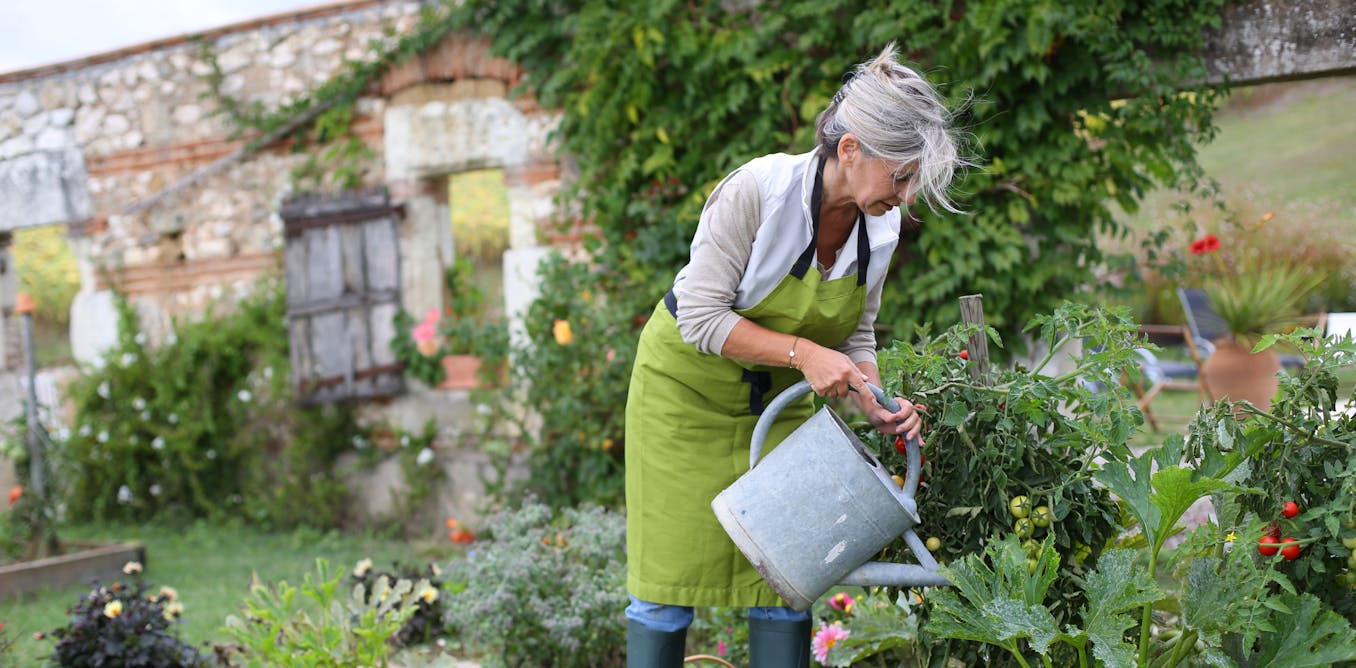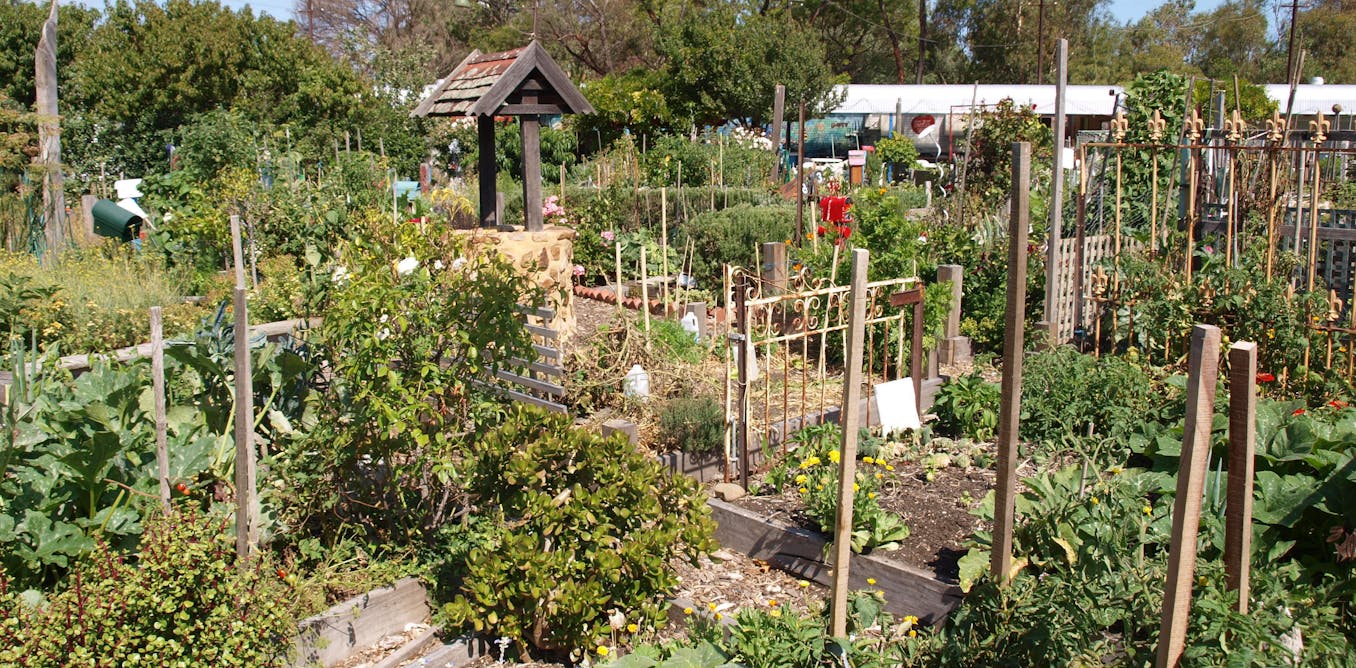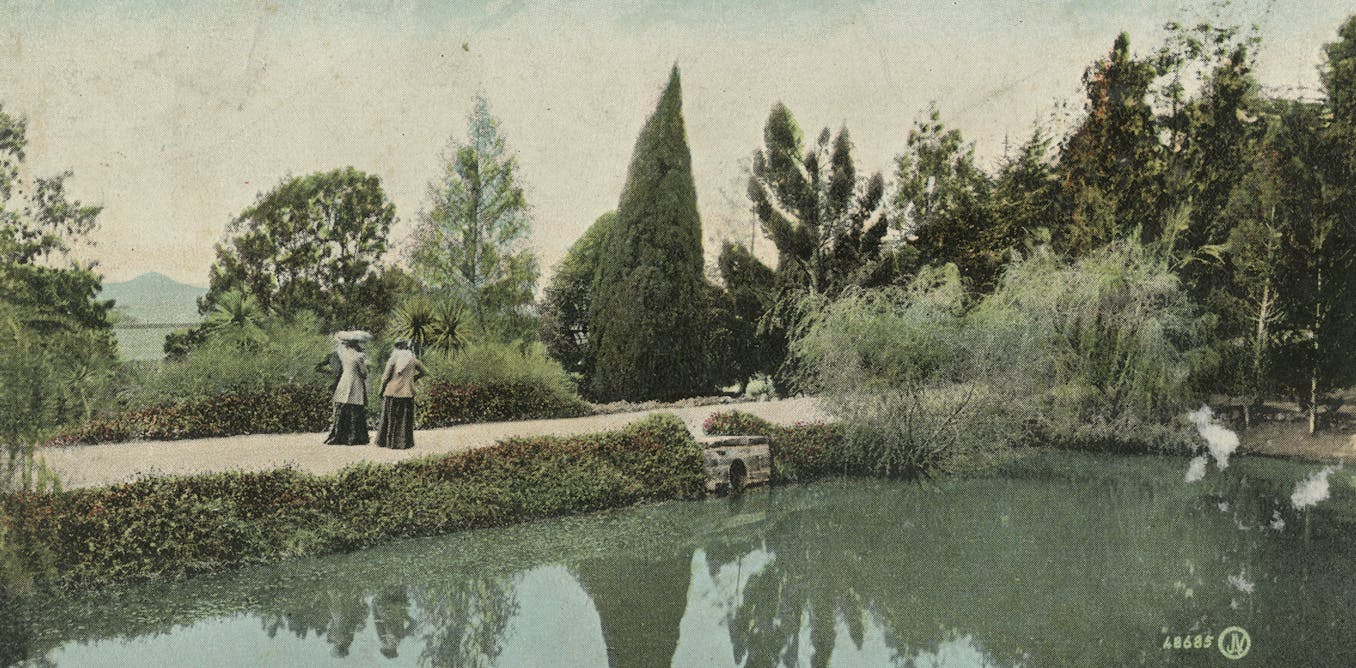
How the colonial earlier of botanical gardens is likely to be put to good use
[ad_1]
Botanical gardens play a needed carry out in shaping nationwide attitudes and scary elevated human connectedness to nature.
They provide teaching and analysis alternate choices which can be important to plant conservation. Visiting a yard can relieve stress and assist give of us a fashion of place that extends to the broader house.
Faculty college students from quite a lot of disciplines have been working to know the histories, have an effect on and meanings of gardens to strengthen conservation outcomes and to assemble sturdy communities.
By discovering out about worthwhile gardening initiatives, these insights is likely to be utilized to areas lagging behind in relation to creating and utilizing botanic gardens. Historic analysis reveals that conservation initiatives led by botanic gardens can unfold to utterly totally different areas, resulting in constructive outcomes.
There’s an uneven distribution on the earth’s botanic gardens – an imbalance based mostly on the legacies of European empire. And a big quantity of analysis has centered on gardens in former British colonies. These embody the “who’s who” of botanic gardens: Kew Gardens in London, Kirstenbosch in Cape Metropolis, Singapore Botanic Gardens, Royal Sydney Botanical Yard, to call just a few.
Botanic gardens have modified significantly from their colonial origins. As soon as extra then most centered on financial botany and rising partaking crops. Just a few gardens, equal to Kirstenbosch, centered on native vegetation.
A world change started in South Africa and Australia contained in the Sixties. Governments in each nations created indigenous gardens in response to finish of British affect and the rise of environmentalism. These gardens paved the best manner for mannequin spanking new nationwide identities whereas creating elevated appreciation of the floral variety of every nation.
The indigenous gardens furthermore impressed of us to work collectively in indigenous information and cultures. Indigenous gardening tendencies in each South Africa and Australia paved the best manner for varied nations.
Colonial historic earlier
The founders of colonial gardens believed in a philosophy I outline as “ecological liberalism” on account of its liberal values contemplate the free motion of individuals together with crops. Settlers believed it was acceptable to import species proper right into a mannequin new nation as long as they didn’t grow to be overly noxious to farmers attempting to recreate European agriculture.
A vital shift in attitudes occurred contained in the Sixties and Seventies. Gardens created on account of the mid-Sixties tended to focus on native indigenous species discovered regionally or contained in the house and, or native flora discovered contained in the nation.
South Africa and Australia helped encourage world change. All through the Sixties, South Africa created a nationwide system of indigenous botanic gardens. In 1965, Western Australia created Australia’s most important regional indigenous botanic yard in Perth, and the Canberra Botanic Gardens, an space yard, opened in 1967.
Why did Australia and South African residents embrace gardens all by way of this era?
Scientists ponder that these gardens had been created to focus on the floral variety of these areas. That is true to a stage, however this view was held by a comparatively small variety of botanical fanatics. We should at all times have in mind that as late on account of the Sixties, the Western Australian authorities supported a large growth of wheat farms in primarily basically probably the most fairly just a few floral house of Australia.
Most historians have centered on environmentalism and nationalism as a result of the principle causes for the rising celebration of crops.
Whereas every of those viewpoints is partly proper, they don’t make sense until we recognise that human valuation of nature furthermore modified on account of interval of decolonisation.
Breaking away from Britain
South Africa’s dedication to depart the Commonwealth in 1961 on account of its apartheid insurance coverage protection insurance coverage insurance policies, and Australia’s “abandonment” by Britain contained in the mid-Sixties to early Seventies created a profound political and id vacuum. A know-how went from having twin loyalty to Britain and their dwelling nation to holding distinctly nationwide identities.
This affected how of us, significantly these of British ancestry, associated to crops. As an alternative of celebrating exotics, Australian and South Africans turned additional passionately associated to indigenous and native crops.
To encourage stronger nationwide and regional id, authorities gardens pioneered the rising of indigenous crops. Native crops had been bred and studied. When droughts hit in Western Australia contained in the late Seventies and contained in the Cape in South Africa early Eighties, of us may purchase seed and crops from these gardens.
A rising consciousness of ecology opened the door for white migrants in Australia to recognise the information of indigenous peoples who acted as environmental stewards. In the intervening time, gardens emphasise indigenous information and heritage.
The ending of apartheid in 1994 lastly allowed for South Africa’s botanical gardens to be racially decolonised. The South African Nationwide Biodiversity Institute, which runs nationwide gardens, now performs a key carry out in transformation.
Botanical gardens not solely assist to protect nature, furthermore they assist to assemble sturdy, healthful communities.
[ad_2]


